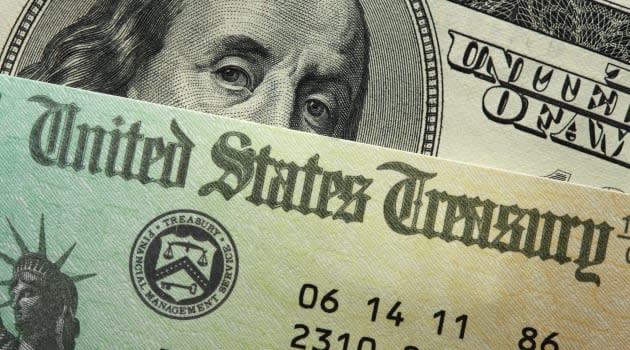Taking a Tax Refund Advance Loan Could Cost You

If there's one thing that causes people to look forward to tax season, it's the promise of a tax refund check. Because most people pay more in taxes throughout the year than they actually owe (usually because of paycheck tax withholding ), the IRS makes things right by paying back the difference. Tax refunds are paid via direct deposit around 10 days after filing electronically, or around 6 to 8 weeks if you still complete your returns on paper and mail them in. However, a report from the National Consumer Law Center states that in 2017, 1.7 million Americans decided to take an advance loan on their income tax refunds, something that provides instant gratification—but comes at a hefty price.
For the nearly 2 million taxpayers who took out a refund anticipation loan (or RAL), they secured the loan by using their anticipated tax refund as both collateral and repayment method. The amount of the loan and interest are then deducted from your tax refund, reducing the amount paid directly to you. The catch: In the event your tax refund is less than expected, you could still owe the entire amount of the loan.
How tax refund loans work
With a RAL, instead of transmitting the entire tax refund to your bank account, your tax preparer instructs the IRS to transmit your refund to an Electronic Refund Deposit (ERD) account established for your benefit to pay any outstanding fees to the RAL lender. Often, you’ll need to prequalify for a tax refund loan, which could involve identity verification, a credit check and/or income verification, depending on the lender.Before you apply for a RAL, be sure to read the fine print, especially if the loan is promoted as a “free advance.” Just because a tax refund loan doesn’t have an interest rate, or isn't called a loan, doesn't mean it's free. There could be several fees, such as an application fee or fees for checking your credit and transferring the money to you. Costs for a tax refund loan can range from $29 to $65 for a federal refund and up to $10 for a state refund.
Instead of a tax refund loan, what are your options?
Consider your options before applying for a RAL: Many consumers who opt for tax refund loans qualify for the IRS Free File program. You might qualify for a small-dollar, short-term loan with terms that might be less expensive at a community bank or credit union. If you have good credit, a zero percent credit card or a personal loan might be a better choice than a RAL.
